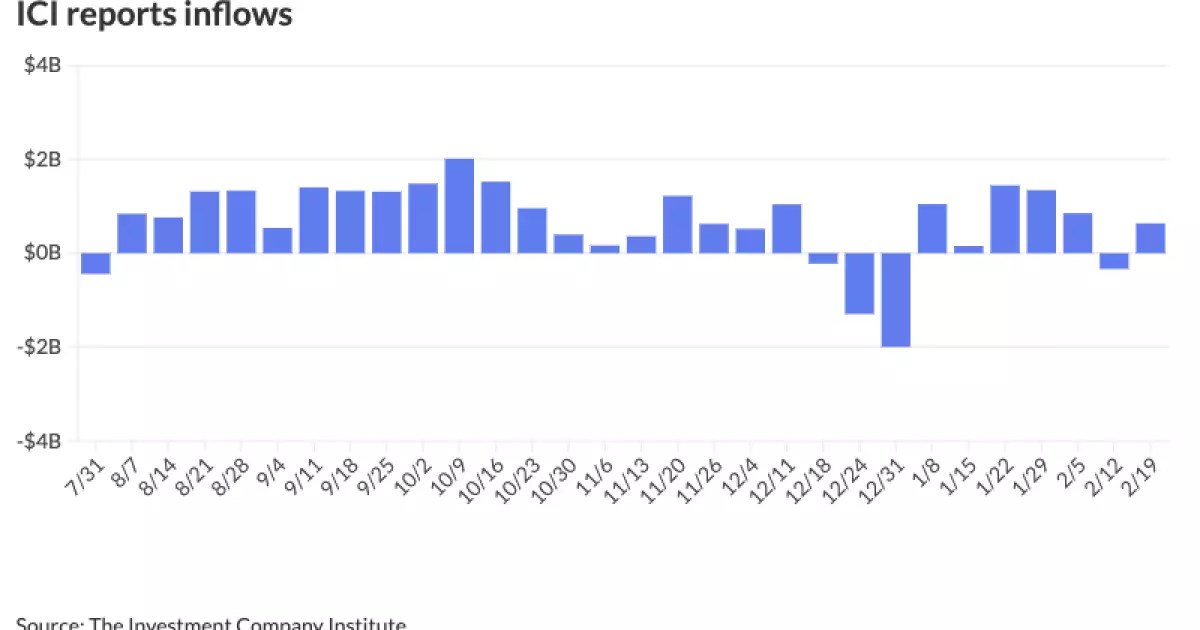As the municipal bond market continues to evolve amidst fluctuating economic conditions, recent trends have indicated a complex interplay between supply and demand, issuance rates, and regulatory considerations. This article delves into the current dynamics of the municipal bond sector, shedding light on key factors influencing market behavior and the implications of potential changes in taxation policy.
Recent observations indicate a relatively stable period for municipal bonds despite broader market variability. On a particular recent Wednesday, there was a slight firming in municipal bonds coinciding with a downturn in U.S. Treasury yields. Such movements reflect the intricate balance between local government financing needs and investor appetite for municipal securities. Analysts have reported fluctuations in the ratios of two-year, five-year, ten-year, and thirty-year municipal bonds to U.S. Treasury securities, showing a favorable environment for municipal investments as yields adjust.
With an increasing trend of inflows—$635 million noted for the week ending February 19—investor interest in municipal bonds seems resilient. This contrasts sharply with the previous week, during which outflows were recorded at $336 million. Exchange-traded funds in the municipal sphere also saw notable inflows of $782 million, adding to the momentum within this market segment.
The surge in municipal bond issuance has been identified as a response to multiple factors. Analysts have pointed to the urgency among issuers to capitalize on current market conditions, particularly in light of possible changes to the tax-exemption status of municipal bonds. The need for municipalities to fund long-standing infrastructure projects also looms large, particularly as inflation has exerted upward pressure on construction costs, prompting many to act sooner rather than later.
Jeff Devine, a municipal research analyst at GW&K, has characterized the beginning of the year as experiencing a “heavy start” in issuance volumes. Mega-deals, such as the recent $1 billion-plus financing from the South Carolina Public Service Authority, have amplified this issuance flow and signal ongoing demand for substantial funding projects. February has historically provided some consistency across the supply-demand landscape, but analysts warn of potential volatility as the months progress.
The potential elimination or adjustment of the tax-exemption for municipal bonds remains a central concern. The implications of such a policy shift could be far-reaching, leading municipalities to face higher borrowing costs. This scenario could, in turn, necessitate increased taxes or reallocation of resources to ensure fiscal balance, thereby potentially impacting local economies.
Experts like Jeff Timlin from Sage Advisory emphasize that the conversation surrounding tax-exempt status must acknowledge both costs to the federal government and the broader societal benefits. The net benefits of maintaining the exemption can include improved funding for essential services and infrastructure, which, if compromised, can lead to reduced consumption at the state and local levels.
While some observers remain skeptical about the likelihood of tax exemptions being entirely eliminated—a possibility considered low but slightly elevated compared to past discussions—there are indicators of legislative willingness to consider modifications. Reports suggest a cooperative sentiment among House members regarding a scoring method that allows for more sustainable extensions of the tax exemption, providing a potential buffer against drastic changes.
As the broader economic context evolves, analysts are closely monitoring upcoming issuances. Several notable transactions are on the horizon, including a substantial $900 million bond offering by the Black Belt Energy Gas District and $602.81 million set for the Pennsylvania Turnpike Commission. The competitive nature of upcoming bond sales illustrates continued confidence among issuers to access capital markets despite underlying risks.
Current market dynamics suggest that investors should maintain a watchful eye on both policy developments and economic indicators. Changes in interest rates, inflationary pressures, and tax policy will collectively shape the landscape for municipal bonds in 2023 and beyond. The adaptability of the municipal market to shifting conditions will be pivotal in determining its capacity to support essential public services and infrastructure projects moving forward.
The municipal bond market is navigating a landscape marked by both opportunities and challenges. Investors and issuers alike must remain aware of the evolving conditions shaping this crucial source of funding for local governments, as the future will undoubtedly be influenced by legislative developments and economic trends in the coming months.


Leave a Reply